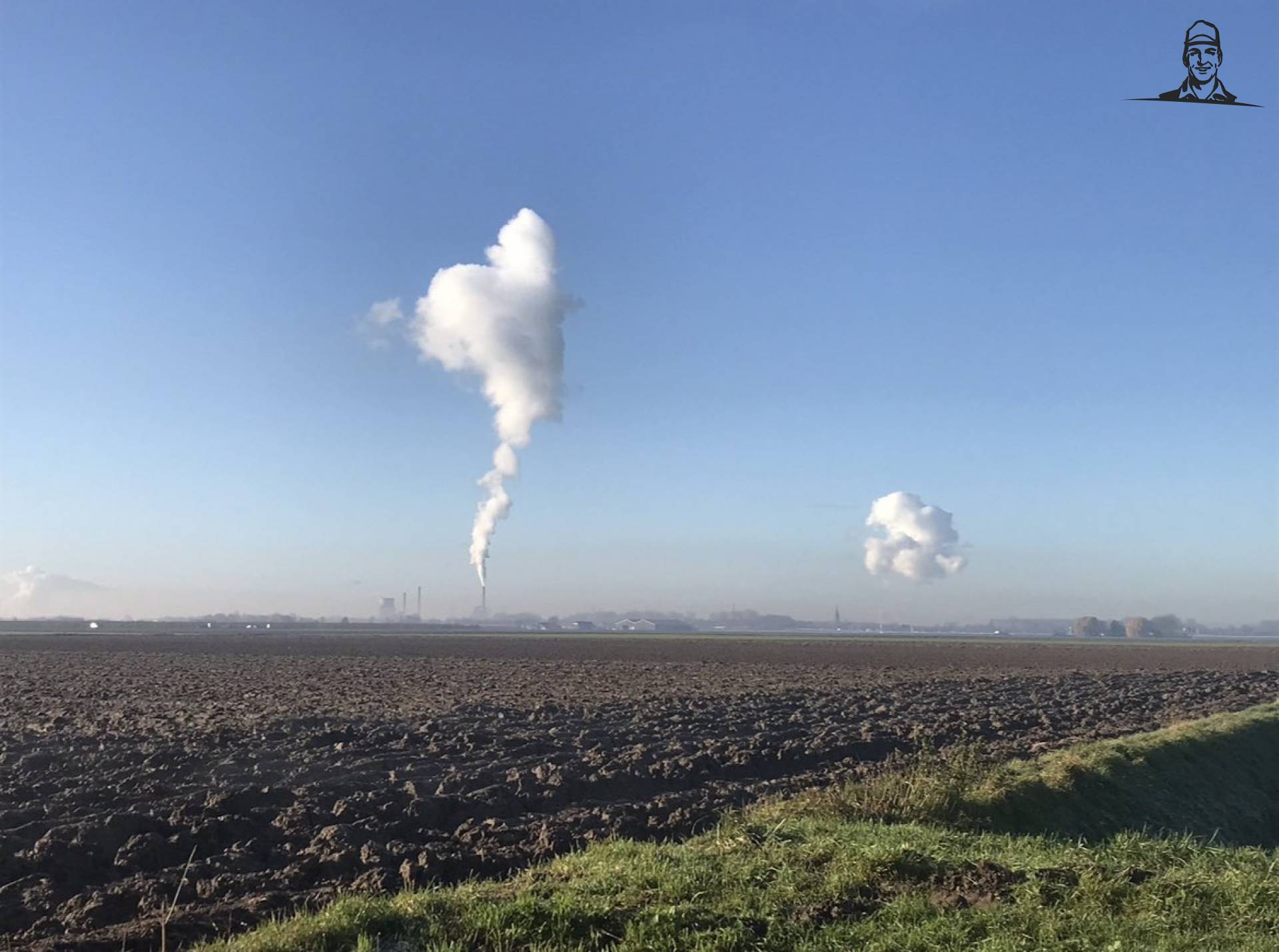Doorrekening wat gebeurt er als de USA veganistisch word, gevolgen ....
Abstract
As a major contributor to agricultural greenhouse gas (GHG) emissions, it has been suggested that reducing animal agriculture or consumption of animal-derived foods may reduce GHGs and enhance food security. Because the total removal of animals provides the extreme boundary to potential mitigation options and requires the fewest assumptions to model, the yearly nutritional and GHG impacts of eliminating animals from US agriculture were quantified. Animal-derived foods currently provide energy (24% of total), protein (48%), essential fatty acids (23–100%), and essential amino acids (34–67%) available for human consumption in the United States. The US livestock industry employs 1.6 × 106 people and accounts for $31.8 billion in exports. Livestock recycle more than 43.2 × 109 kg of human-inedible food and fiber processing byproducts, converting them into human-edible food, pet food, industrial products, and 4 × 109 kg of N fertilizer. Although modeled plants-only agriculture produced 23% more food, it met fewer of the US population’s requirements for essential nutrients. When nutritional adequacy was evaluated by using least-cost diets produced from foods available, more nutrient deficiencies, a greater excess of energy, and a need to consume a greater amount of food solids were encountered in plants-only diets. In the simulated system with no animals, estimated agricultural GHG decreased (28%), but did not fully counterbalance the animal contribution of GHG (49% in this model). This assessment suggests that removing animals from US agriculture would reduce agricultural GHG emissions, but would also create a food supply incapable of supporting the US population’s nutritional requirements.
Deel dit topic
Deel ook jouw kennis en inzicht
Hebben de thema's usa , gas , kunstmest , CO2 en b12 geen geheimen voor jou? Dan kunnen we jouw kennis en inzicht goed gebruiken! Of je nu actief bijdraagt door foto's, video's, topics of reacties te plaatsen, of je zorgt er middels de stemknoppen voor dat de beste reactie naar boven borrelt.. Jouw kennis en inzicht m.b.t. de melkveehouderij kunnen deze site nét dat beetje beter maken. Maak ook een (gratis) account aan!




